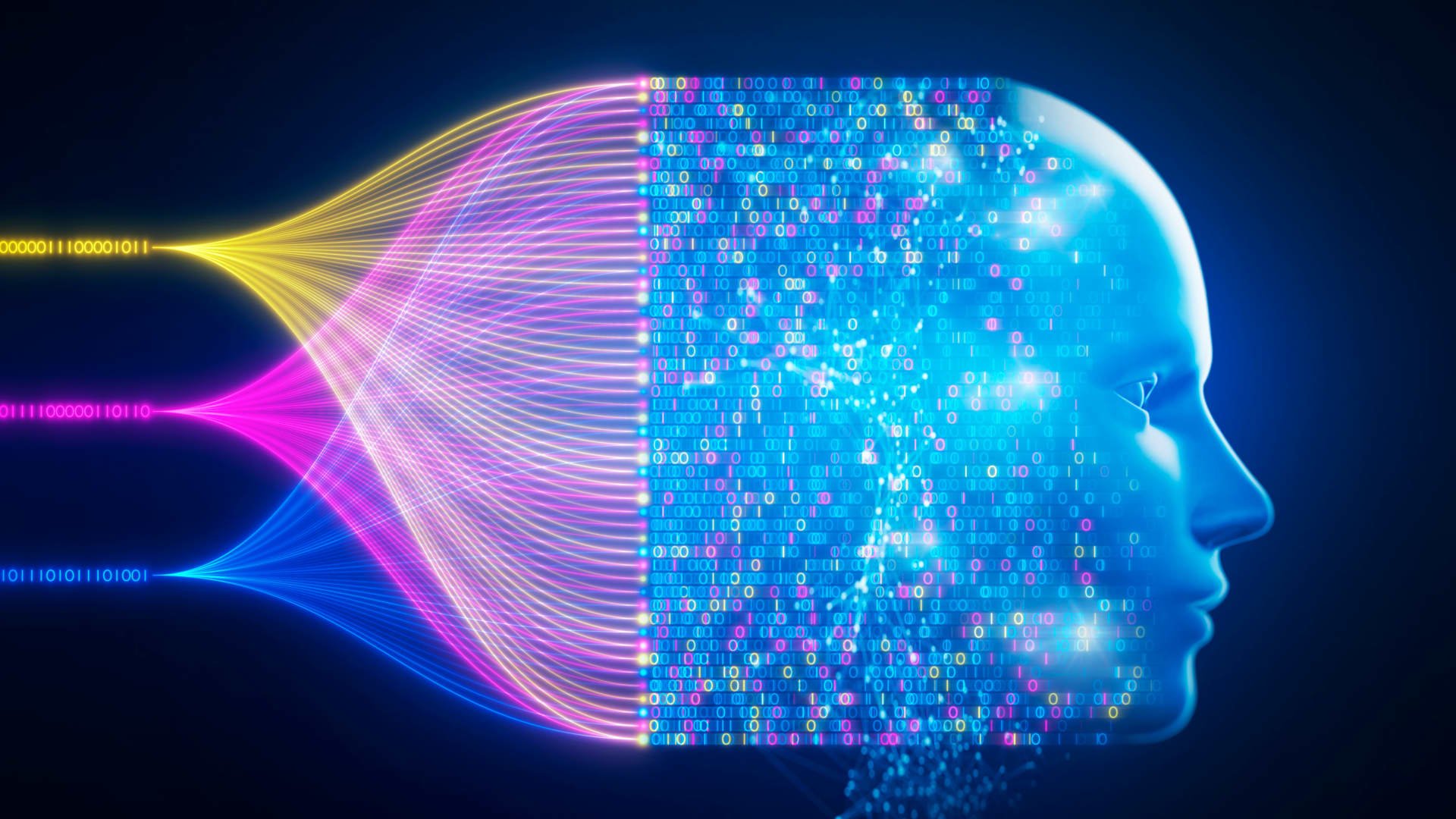When you hear the term "undress.ai," your mind might immediately jump to some pretty intense places. And honestly, that's understandable. This technology, which uses artificial intelligence to digitally remove clothing from images, has sparked heated debates across the globe. It's not just about innovation anymore—it's about ethics, privacy, and the future of digital safety. But before we dive into the nitty-gritty, let's take a moment to wrap our heads around what this tech really is and why it's such a big deal.
Imagine a world where a simple photo can be manipulated so convincingly that it blurs the line between reality and fiction. That's exactly what undress.ai is all about. This tool, powered by advanced AI algorithms, can process images and create altered versions that remove clothing, often with startling accuracy. While the technology itself is impressive, the implications are massive—and not always in a good way.
Now, you might be thinking, "Why does this even matter?" Well, here's the thing: undress.ai isn't just a tech innovation; it's a Pandora's box. The potential misuse of this technology could lead to serious privacy violations, harassment, and even exploitation. So, as we explore this topic, we're gonna break down the good, the bad, and the ugly of undress.ai. Let's get into it!
Let's start with the basics, shall we? Understanding undress.ai requires more than just knowing what it does. We're talking about the tech behind it, the controversies surrounding it, and the broader implications for society. Buckle up, because this ride is gonna get wild!
What Exactly is Undress.AI?
At its core, undress.ai is a form of AI-powered image manipulation technology. The idea is simple: take an image of a person and use AI to digitally remove their clothing. Sounds straightforward, right? But here's the kicker—this isn't just about cropping or editing. It's about creating realistic, almost indistinguishable alterations that can fool even the sharpest eyes.
This technology relies on deep learning algorithms, specifically neural networks, which have been trained on vast datasets of images. These algorithms analyze patterns, textures, and shapes to reconstruct what the person might look like without clothing. The results? Shockingly accurate in some cases, and utterly disturbing in others.
- Orca 1977 The Revenge Thriller You Need To See Today
- Jared Kushners Education From Harvard To Real Estate Mogul
So, why is this technology even a thing? Well, the original intent behind undress.ai was rooted in research and development. Scientists and developers were exploring the limits of AI and its applications in image processing. But as with many innovations, the technology quickly found its way into the hands of those who might not have the best intentions.
How Does Undress.AI Work?
Let's break it down step by step. When you feed an image into undress.ai, the system goes through a series of processes to generate the altered version. First, it identifies the subject in the image, focusing on key areas like the face and body. Then, it uses its neural network to predict and reconstruct what the person would look like without clothing.
Here's a quick rundown of the process:
- Image Input: You upload a photo of a person.
- Feature Detection: The AI identifies key features like the face, body shape, and clothing.
- Reconstruction: Using its training data, the AI generates a new image with the clothing removed.
- Output: The final image is generated, often with surprising realism.
It's important to note that the accuracy of the output can vary depending on the quality of the input image and the training data used by the AI. In some cases, the results are eerily convincing, while in others, they're more cartoonish or unrealistic. Regardless, the potential for misuse is undeniable.
The Controversy Surrounding Undress.AI
When it comes to undress.ai, the controversy is as big as the technology itself. On one hand, proponents argue that it's a groundbreaking advancement in AI and image processing. On the other hand, critics point out the alarming risks associated with its misuse.
One of the biggest concerns is privacy. In a world where personal data is already under constant threat, the idea of someone being able to manipulate your image without your consent is terrifying. Imagine a scenario where a photo of you is altered and shared online without your knowledge. The consequences could be devastating, both personally and professionally.
There's also the issue of consent. In many cases, the subjects of these images haven't given permission for their photos to be used in this way. This raises serious ethical questions about the boundaries of technology and the rights of individuals.
Legal Implications of Undress.AI
From a legal standpoint, undress.ai sits in a bit of a gray area. While there are laws protecting against harassment and defamation, the specific use of AI for image manipulation isn't always covered. This creates a loophole that some might exploit, leading to potential legal battles down the line.
Various countries and regions are starting to address these issues by implementing stricter regulations on AI technologies. However, enforcement remains a challenge, especially when dealing with global platforms and anonymous users.
Who is Behind Undress.AI?
Let's talk about the people and organizations behind this controversial tech. While the exact origins of undress.ai remain somewhat shrouded in mystery, it's believed to have been developed by a group of researchers and developers interested in pushing the boundaries of AI.
Here's a quick breakdown of the key players:
- Developers: A team of AI experts and data scientists who worked on the initial algorithms.
- Research Institutions: Some speculate that academic institutions might have been involved in the early stages of development.
- Private Companies: Several private tech firms have reportedly shown interest in the technology, though their involvement is not always transparent.
Interestingly, some of the individuals behind undress.ai have spoken out about the ethical concerns surrounding their creation. They acknowledge the potential for misuse and have called for stricter guidelines and regulations to prevent abuse.
Is Undress.AI Legal?
Now, let's tackle the million-dollar question: is undress.ai legal? The answer, as with many things in life, is complicated. The legality of undress.ai varies depending on where you are in the world and how the technology is being used.
In some jurisdictions, the use of AI for image manipulation without consent is considered a violation of privacy laws. Other regions have yet to catch up with the rapid advancements in technology, leaving gaps in legal protection.
Here's a quick look at the legal landscape:
- United States: Laws vary by state, but many states have laws against non-consensual image manipulation.
- Europe: The General Data Protection Regulation (GDPR) provides strong protections for personal data, which could apply to undress.ai.
- Asia: Some countries have strict laws against cyber harassment, while others have yet to address the issue.
As the technology continues to evolve, it's likely that more countries will update their laws to address these concerns. Until then, users need to be cautious about how and where they use undress.ai.
How Can Undress.AI Be Misused?
The potential for misuse is one of the biggest concerns surrounding undress.ai. Here are just a few examples of how this technology could be exploited:
- Harassment: Individuals could use undress.ai to create fake images of others, leading to harassment and bullying.
- Exploitation: The technology could be used to create non-consensual explicit content, often referred to as "deepfake porn."
- Reputation Damage: Altered images could be used to tarnish someone's reputation, affecting their personal and professional life.
These scenarios highlight the importance of responsible usage and the need for clear guidelines on how this technology should be used. Without proper regulation, the risks outweigh the benefits.
Real-Life Examples of Misuse
There have already been several documented cases of undress.ai being used for malicious purposes. One notable example involved a celebrity whose image was altered and shared online without her consent. The fallout was swift and severe, leading to public outcry and calls for action.
These incidents serve as a stark reminder of the dangers posed by unchecked AI technology. They also underscore the need for greater awareness and education on digital safety and ethics.
Is Undress.AI Dangerous?
Let's be real here—undress.ai has the potential to be incredibly dangerous. While the technology itself isn't inherently bad, the way it's used can have serious consequences. From privacy violations to psychological harm, the risks are real and shouldn't be ignored.
That being said, it's important to approach this topic with nuance. Not all uses of undress.ai are malicious. In some cases, the technology could be used for legitimate research or artistic purposes. However, the potential for misuse is so significant that it warrants careful consideration and regulation.
What Can Be Done to Prevent Misuse?
Preventing misuse of undress.ai requires a multi-faceted approach. Here are a few strategies that could help:
- Regulation: Governments and organizations need to establish clear guidelines and enforce penalties for misuse.
- Education: Raising awareness about the dangers of AI manipulation can empower individuals to protect themselves.
- Technology: Developing countermeasures, such as detection tools, can help identify and combat the misuse of undress.ai.
By combining these efforts, we can create a safer digital environment for everyone. It won't be easy, but it's a necessary step in the right direction.
The Future of Undress.AI
So, what does the future hold for undress.ai? As with any emerging technology, the possibilities are endless—but so are the challenges. The key lies in finding a balance between innovation and responsibility.
Here are a few predictions for the future of undress.ai:
- Stricter Regulations: We can expect to see more laws and guidelines governing the use of AI for image manipulation.
- Improved Detection Tools: Advances in technology could lead to better methods for identifying and combating misuse.
- Increased Awareness: As more people become aware of the risks, there will likely be a push for greater digital literacy and safety measures.
Ultimately, the future of undress.ai will depend on how we choose to address its challenges. By working together, we can ensure that this technology is used responsibly and ethically.
Final Thoughts
Undress.ai is a powerful reminder of the double-edged nature of technology. While it represents a significant advancement in AI and image processing, it also poses serious risks to privacy and safety. As we continue to explore the possibilities of this technology, it's crucial that we do so with caution and responsibility.
So, what can you do? Start by educating yourself and others about the potential dangers of AI manipulation. Advocate for stronger regulations and support efforts to combat misuse. Together, we can create a safer digital world for everyone.
And hey, if you've got thoughts or questions about undress.ai, drop them in the comments below. Let's keep the conversation going!



Detail Author:
- Name : Myrtis Corkery
- Username : roberts.jerald
- Email : donnell94@morissette.info
- Birthdate : 1990-01-07
- Address : 906 Cummerata Ramp North Nickolasmouth, MA 16511
- Phone : +17087631335
- Company : Donnelly, Parker and Homenick
- Job : Recruiter
- Bio : Vitae in aut adipisci consequatur minus laborum omnis. Ducimus non est tempore necessitatibus ipsa totam. Quasi nisi amet maiores asperiores eum consequatur. Ullam sed et et.
Socials
facebook:
- url : https://facebook.com/dboyer
- username : dboyer
- bio : Aliquid id neque eum aut sit. Perferendis occaecati illum at numquam.
- followers : 5003
- following : 2172
instagram:
- url : https://instagram.com/doug.boyer
- username : doug.boyer
- bio : Accusamus voluptate aliquid incidunt non. Et magni eum est aut ea odit. Unde qui quia est veniam.
- followers : 3719
- following : 410